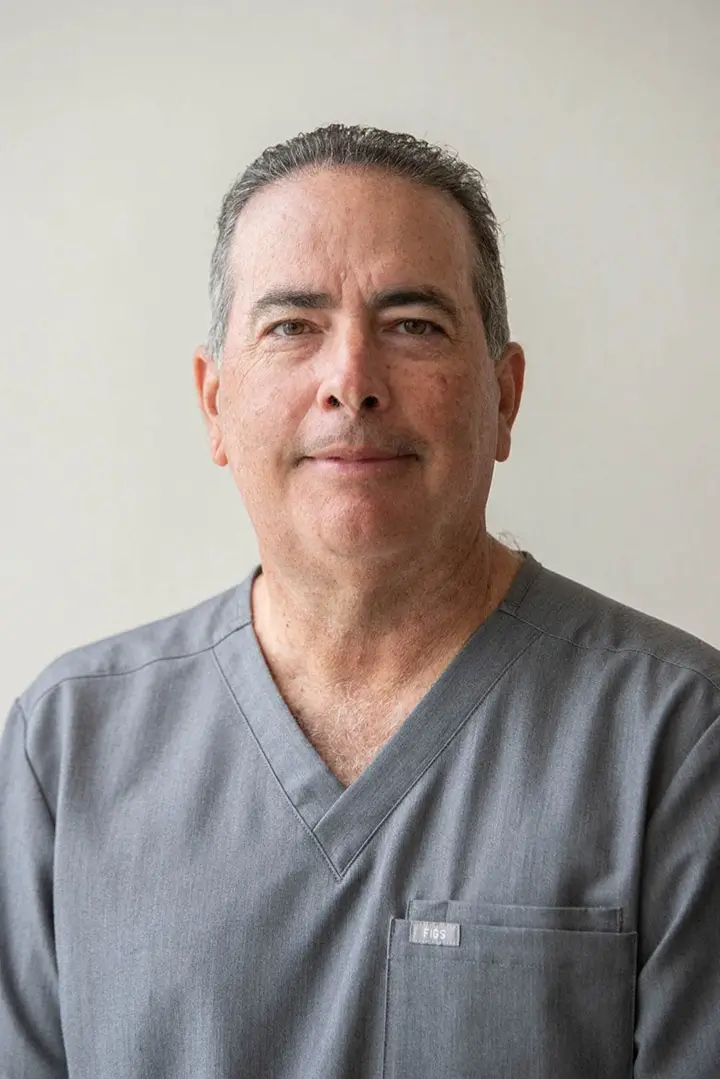Imagine a high-tech sachet the size of a tea-bag, filled with very small beads, and each bead in turn contains thousands of adult stem cells. Then imagine that each adult stem cell has been individually bioengineered to produce a drug that is specifically designed to treat stroke. Although such a therapy may have originally began as the stuff of imagination, it is now a reality.
Developed by the British company Biocompatibles, these stem cell “beads” have already been used to treat a number of patients. A man in Germany who received the treatment last year following a stroke has already regained his speech and the use of his right arm, although such a recovery was considered so extraordinary that it has also generated some controversy.
The stem cells in the beads are human adult mesenchymal stem cells which have been obtained from healthy donors and “programmed” to secrete CM1, a synthetically produced replica of a naturally occurring protein, GLP-1, which has been found to prevent damaged brain cells from dying through its strong anti-apoptotic effect. The full delivery mechanism consists of the cluster of human adult stem cells encapsulated in alginate beads, which protect the stem cells from an immunological response by the patient, and which constitute a retrievable implant that is removed after 14 days.
According to Dr. Peter Stratford, chief scientific officer of Biocompatibles, “We use stem cells to produce the protein because we want a reasonably low level of protein, but constantly produced, within the injured site. So in patients with a hemorrhagic stroke we have access to the brain since the surgeons are going to remove the blood clots anyway, so we can put the cells into the place where they’re needed and produce the therapeutic protein over a 2 to 3 week period in exactly the right place, and prevent the surrounding cells and tissue from dying. Each one of the cell beads is about half a millimeter in diameter and contains a few thousand stem cells that are producing the protein. And all in all, there are a few thousand cells within the containment that we implant in the brain.”
The implant is expected to be available on the European market within 5 years.

